 Tenders and Job Opportunities
Tenders and Job Opportunities Job calls
Job calls Scholarships and research fellowships
Scholarships and research fellowships Open Calls
Open Calls ENGLISH
ENGLISH Pages
Pages
Pages
Microbial Ecology
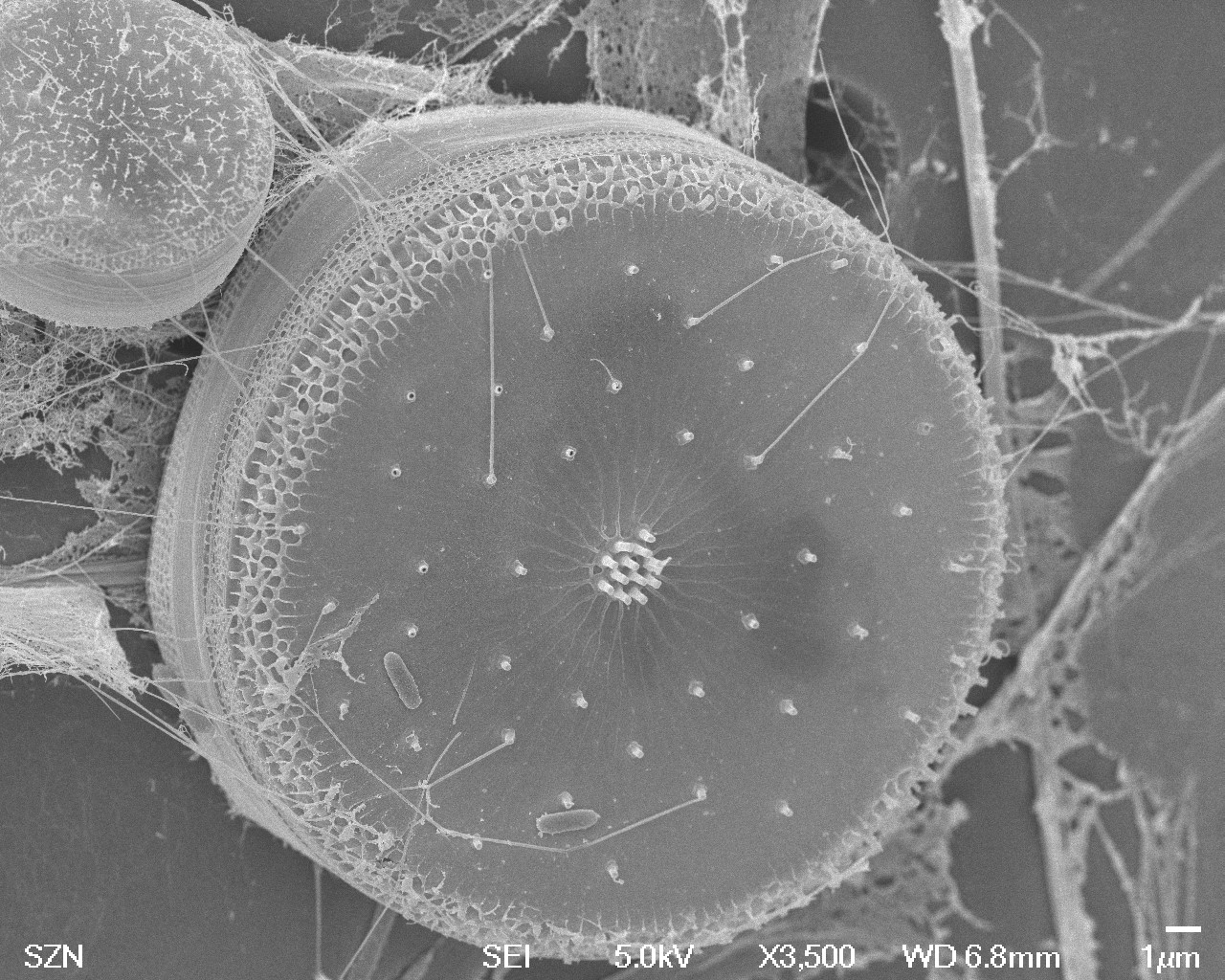 The Microbial Ecology area is dedicated to study and analyses of microorganisms with attention to the interactions between them and the environment.
The Microbial Ecology area is dedicated to study and analyses of microorganisms with attention to the interactions between them and the environment.
The area is temporarily distributed, pending the completion of the renovation works of the west wing, in the following rooms:
Ground floor: room #42-43
First floor east wing: room #138
Third floor east wing: room #MORGAN HALL
|
Functional Area Manager Anna Chira Trano This email address is being protected from spambots. You need JavaScript enabled to view it. |
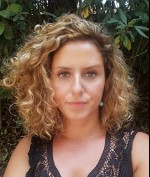 |
Bookings on www.labagenda.com
Plankton Ecology
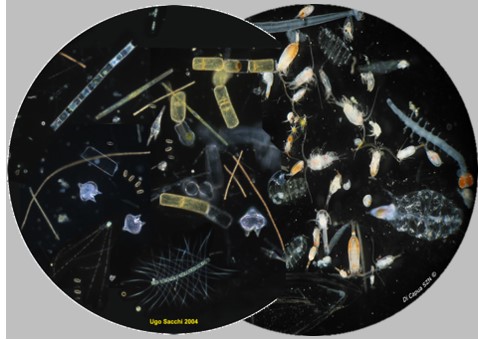 The Plankton Ecology Area is located at Naples centre. The Area allows users to analyze and study phytoplankton and zooplankton, from receiving sea samples, to isolating and culturing the species of interest, to allow their physiological study, population and genetics.
The Plankton Ecology Area is located at Naples centre. The Area allows users to analyze and study phytoplankton and zooplankton, from receiving sea samples, to isolating and culturing the species of interest, to allow their physiological study, population and genetics.
The area is temporarily distributed, pending the completion of the renovation works of the west wing, in 7 rooms and 2 common areas distributed on 4 of the 5 floors of the East wing, as listed below according to the activities carried out:
Wet Lab - Ground floor room #T35
Maintenance of phytoplankton and zooplankton cultures: First floor room #148 and third floor WALK IN cell #365ter
Live zooplankton manipulations - First floor room #138
Live phytoplankton manipulations – First floor rooms #138 and #148 and Third floor room #364
Fixed Phyto- and ZooPlankton manipulations - Third floor rooms #325 and #326
GROWTH CHAMBERS for EXPERIMENTS: floor -1 (along the wall in front of the stairs) and third floor (hall #365)
|
Functional Area Manager: Dott.ssa Carmen Minucci This email address is being protected from spambots. You need JavaScript enabled to view it. Internal Phone Number #272 |
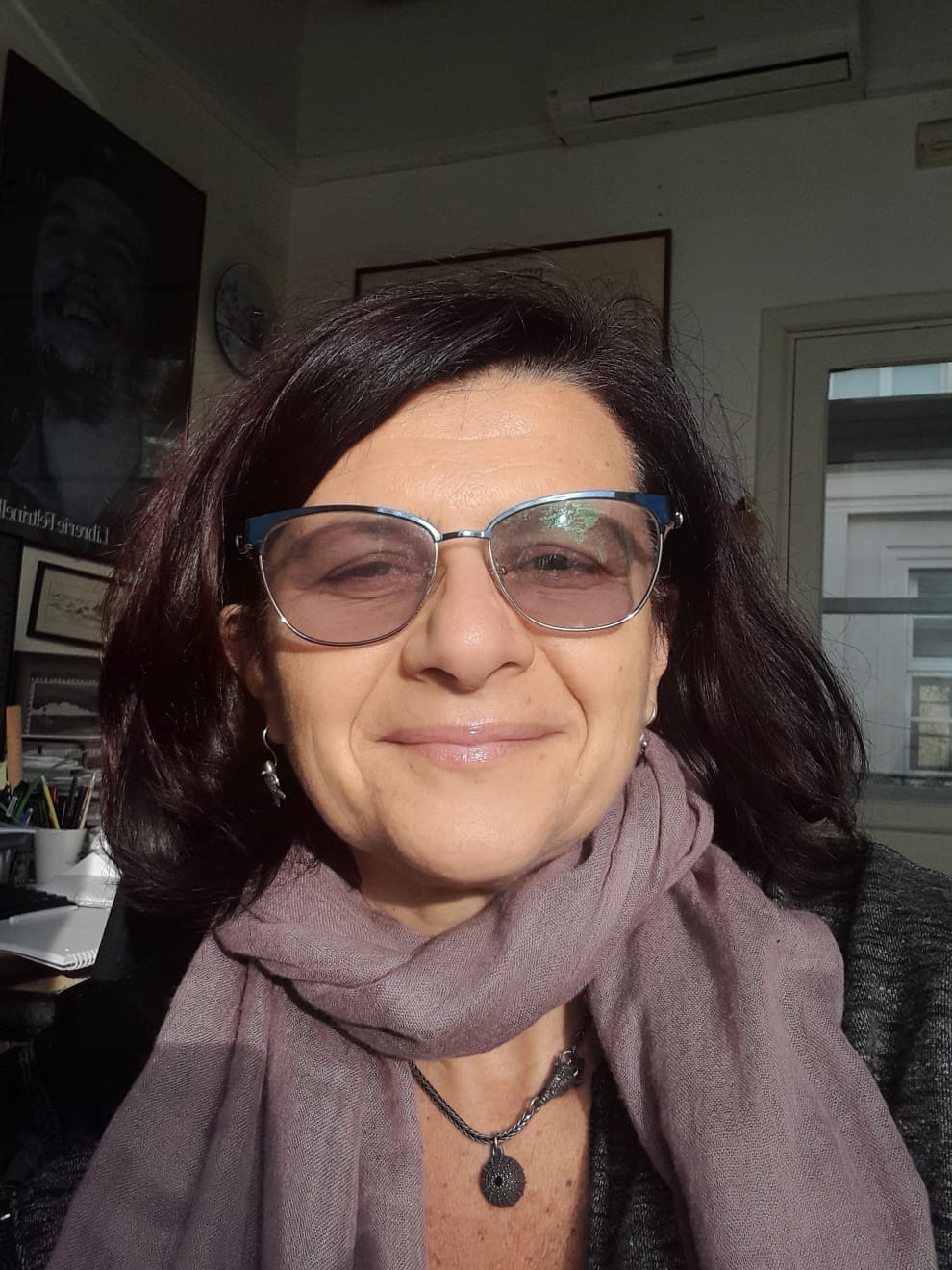 |
Bookings on www.labagenda.com
Molecular Ecology
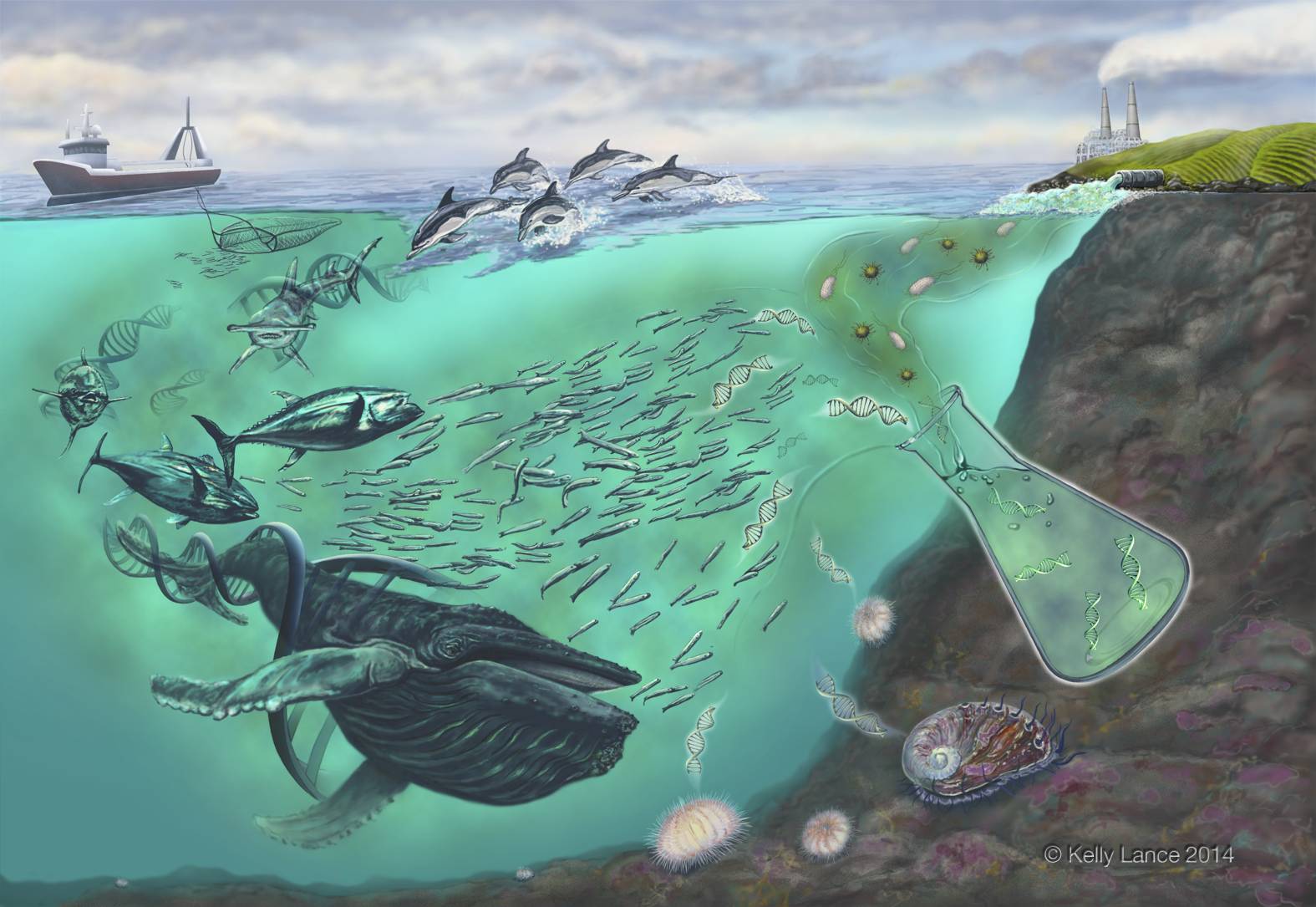 The Molecular Ecology Area is devoted to investigated molecular aspects related to taxonomic identification, population genetics studies, gene expression studies and functional genetics.
The Molecular Ecology Area is devoted to investigated molecular aspects related to taxonomic identification, population genetics studies, gene expression studies and functional genetics.
The area is temporarily distributed, pending the completion of the renovation works of the west wing in the following rooms:
- East wing, first floor rooms #140 and #150
- East wing, first floor room #146
- East wing, third floor room #340
- East wing, third floor room #346
|
Functional Area Manager Camilla Borgonuovo This email address is being protected from spambots. You need JavaScript enabled to view it. |
 |
Bookings on www.labagenda.com
Biochemistry and Cell Biology
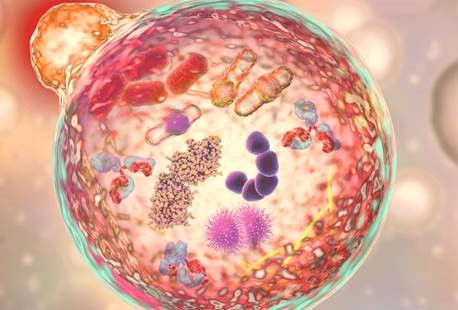 The Biochemistry and Cell Biology area is equipped with various instruments useful for the biochemical and functional characterization of proteins and small molecules, including the study of signal transduction in marine organisms. The available equipment includes homogenizers for cell destruction, chromatographic systems for the purification and characterization of proteins, spectrophotometers for enzymatic assays.
The Biochemistry and Cell Biology area is equipped with various instruments useful for the biochemical and functional characterization of proteins and small molecules, including the study of signal transduction in marine organisms. The available equipment includes homogenizers for cell destruction, chromatographic systems for the purification and characterization of proteins, spectrophotometers for enzymatic assays.
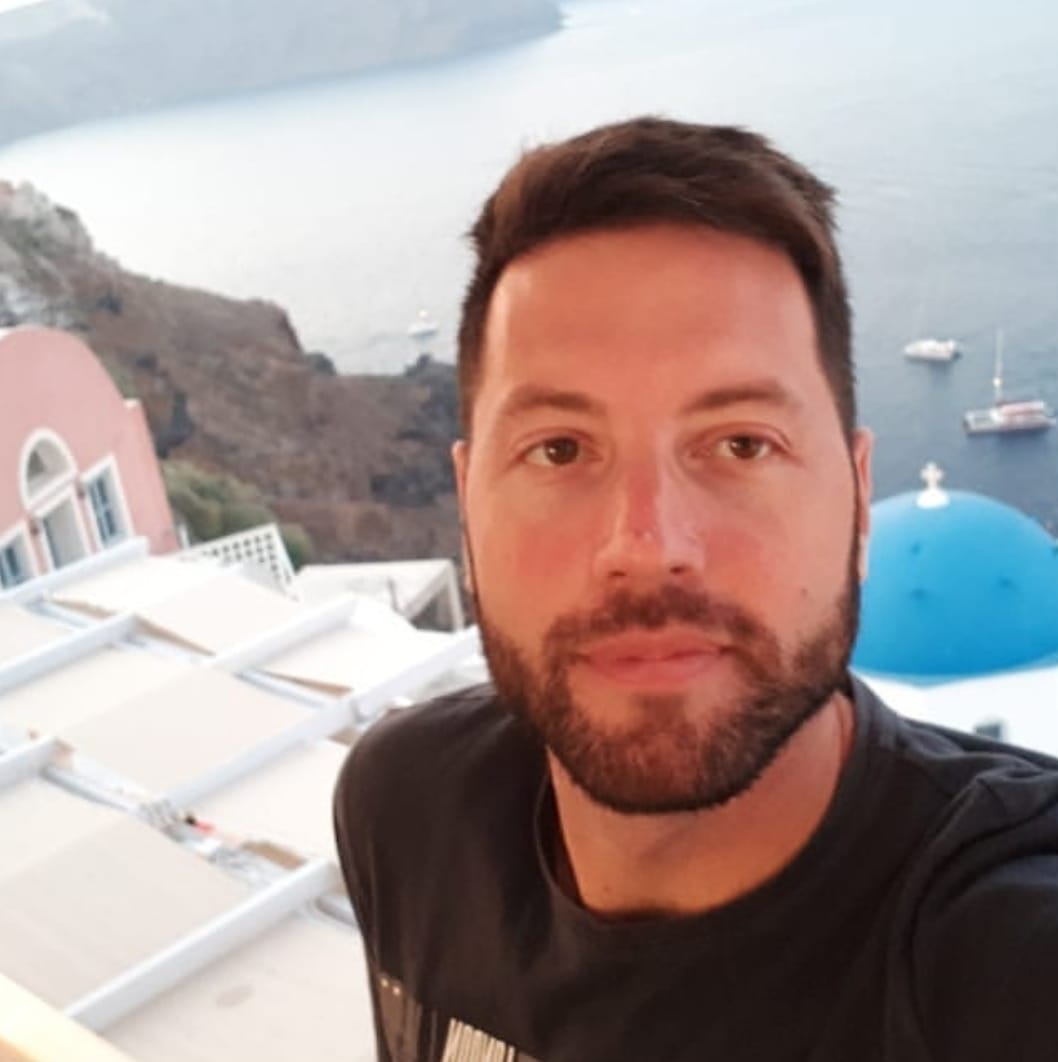 Manager: Andrea Sommella
Manager: Andrea Sommella
This email address is being protected from spambots. You need JavaScript enabled to view it.
Extension #228
Third floor EST Wing, #361, 363, 365
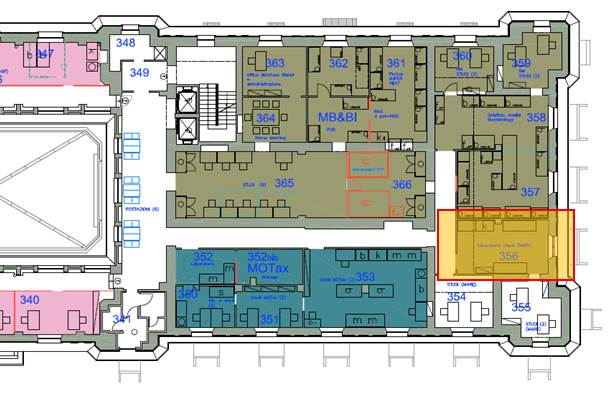
| Bookable instruments |
| - Chromatographic System/FPLC Acta |
| - Spectrophotometer Agilent |
| - Spectrophotometer Agilent Cary 100 Scan |
| - Homogenizer ultraturrax Junke&Kunkel |
| - Incubator Thermo scientific |
Functional Genomics
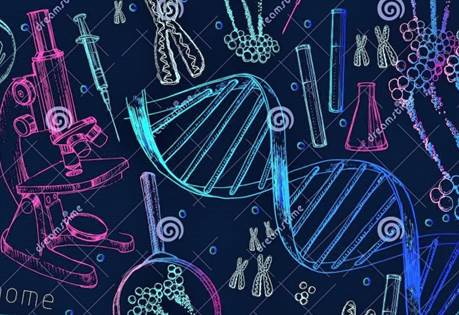 The area of Functional Genomics is devoted to the localization and perturbation of gene expression during embryonic development in marine organisms. This area is organized into dedicated two platforms:
The area of Functional Genomics is devoted to the localization and perturbation of gene expression during embryonic development in marine organisms. This area is organized into dedicated two platforms:
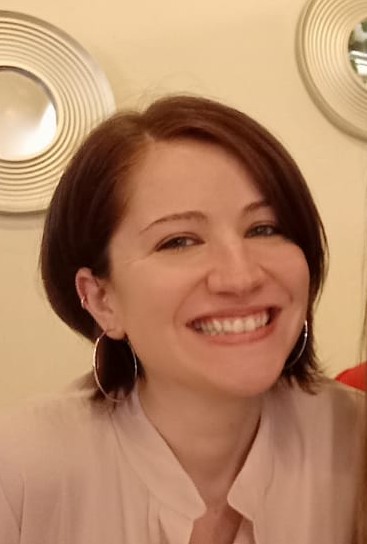 Manager: Filomena Caccavale
Manager: Filomena Caccavale
This email address is being protected from spambots. You need JavaScript enabled to view it.
Extension #255
Second floor EAST Wing

Gene perturbation
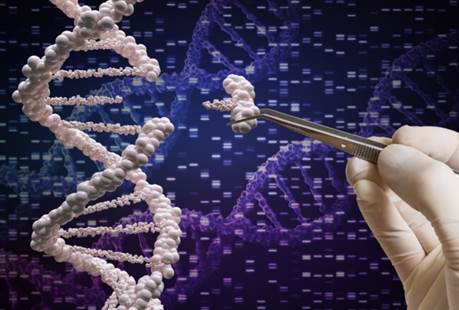 The Gene Perturbation platform is equipped with the necessary equipment for the transformation and culture of embryos of marine organisms.
The Gene Perturbation platform is equipped with the necessary equipment for the transformation and culture of embryos of marine organisms.
The area is equipped with: a puller to prepare microinjection needles, an electroporator and three microinjection setups necessary for the transformation of zygotes.
Refrigerated incubators and a thermostatic chamber (walk-in) are also available, for the growth of embryos at the required temperature (typically 15, 18 and 20°C).
 Managere: Mara Francone
Managere: Mara Francone
This email address is being protected from spambots. You need JavaScript enabled to view it.
Extension #353
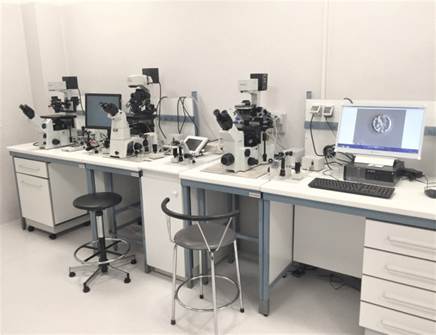
Second floor EAST Wing, #244, #246
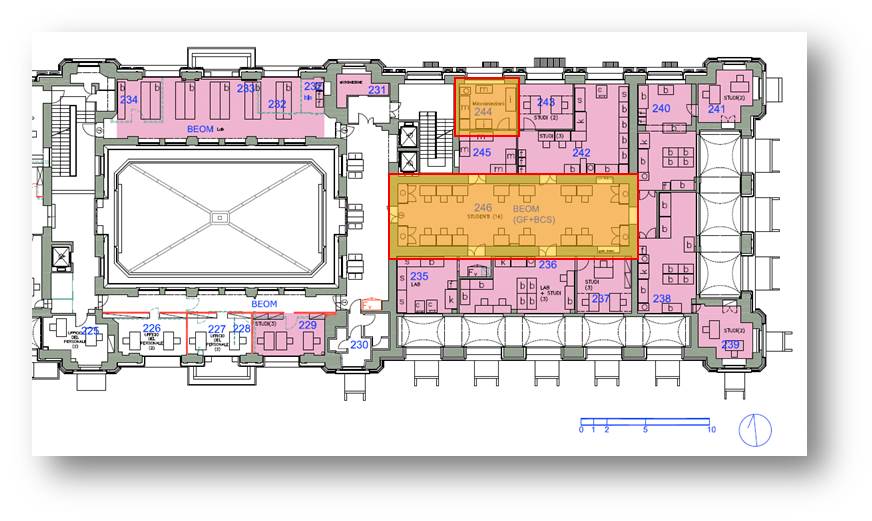
|
|
| - Electroporator |
| - Puller |
| - Microinjection setup 1 |
| - Microinjection setup 2 |
| - Microinjection setup 3 |
| - Panasonic incubator (15°C) |
| - Memmert incubator (18°C) |
| - VelpScientifica incubator (20°C) |
| - Walk-in room (18°C) |
| Book on LabAgenda: instructions for users |
Microscopic observations
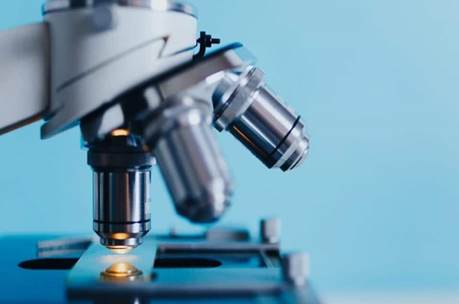 The Microscopic Observations platform is equipped with four systems:
The Microscopic Observations platform is equipped with four systems:
2 microscopes, both with visible light and fluorescence;
2 stereomicroscopes (brightfield and fluorescence).
 Manager: Mara Francone
Manager: Mara Francone
This email address is being protected from spambots. You need JavaScript enabled to view it.
Extension #353
Second floor EAST Wing, #245
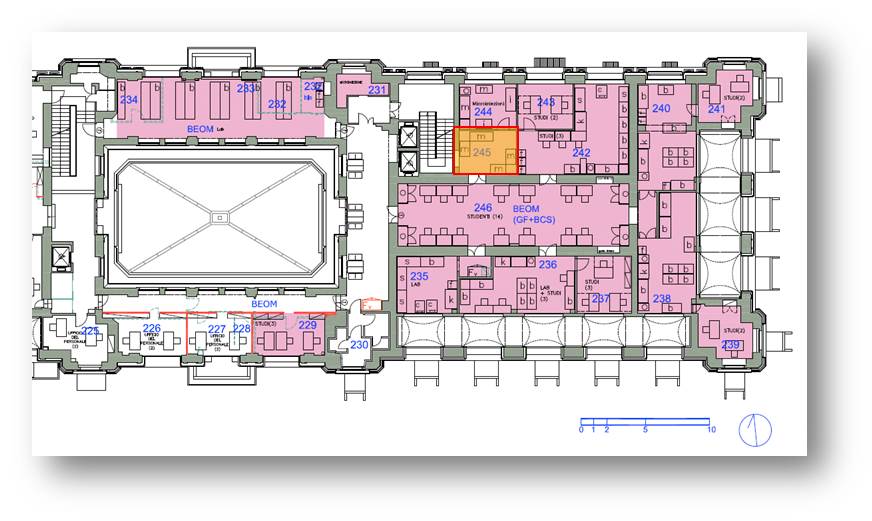
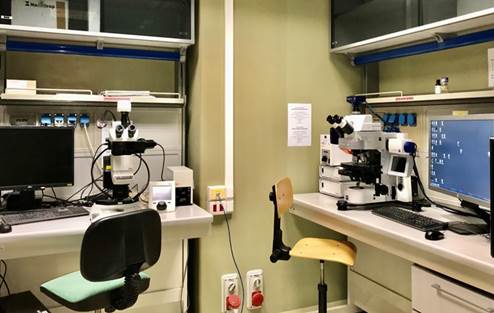
| Bookable instruments |
| Zeiss Apotome.2 microscope |
| Zeiss Imager.M1 microscope |
| Leica M205FA stereomicroscope |
| Leica M205C stereomicroscope |
| Book on LabAgenda: instructions for users |
Physiology and Behavior
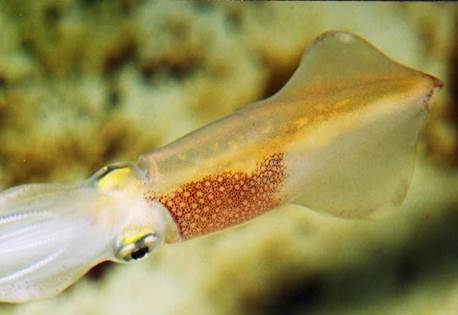 The Physiology and Behavior area is devoted to research in fields including physiology, neuroscience and behavior of marine organisms, with a focus on the evaluation of neural and behavioral plasticity. This is organized into three dedicated platforms:
The Physiology and Behavior area is devoted to research in fields including physiology, neuroscience and behavior of marine organisms, with a focus on the evaluation of neural and behavioral plasticity. This is organized into three dedicated platforms:
 Manager: Pamela Imperadore
Manager: Pamela Imperadore
This email address is being protected from spambots. You need JavaScript enabled to view it.
Extension #232
First Floor EAST Wing
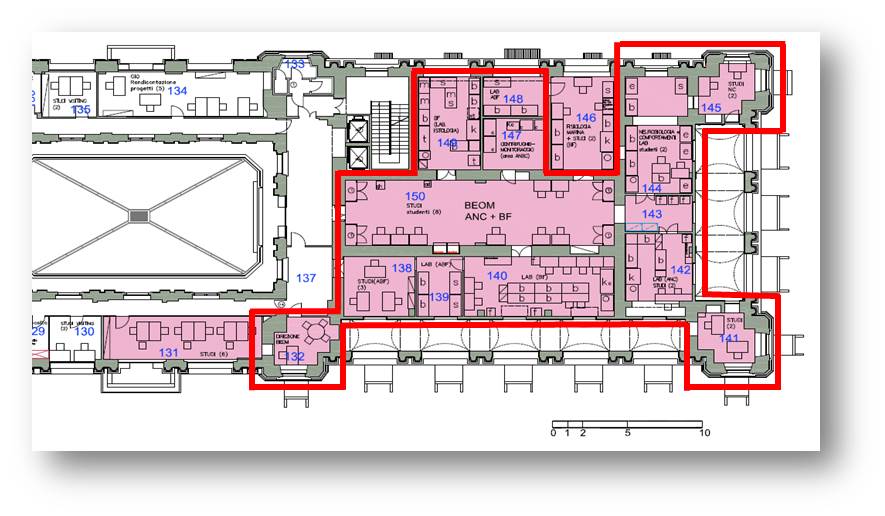
Developmental Molecular Biology
 The Developmental Molecular Biology area is dedicated to the analysis and study of the regulatory mechanisms that govern development of marine organisms. This includes the following dedicated platforms:
The Developmental Molecular Biology area is dedicated to the analysis and study of the regulatory mechanisms that govern development of marine organisms. This includes the following dedicated platforms:
- Electrophoresis and PCR
- Centrifugation and Ultracentrifugation
- Nucleic Acid Extraction and Purification
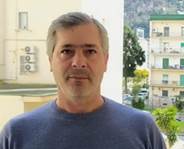 Manager: Alessandro Amoroso
Manager: Alessandro Amoroso
This email address is being protected from spambots. You need JavaScript enabled to view it.
Extension #345
| First Floor EST Wing | Second Floor EST Wing |
 |
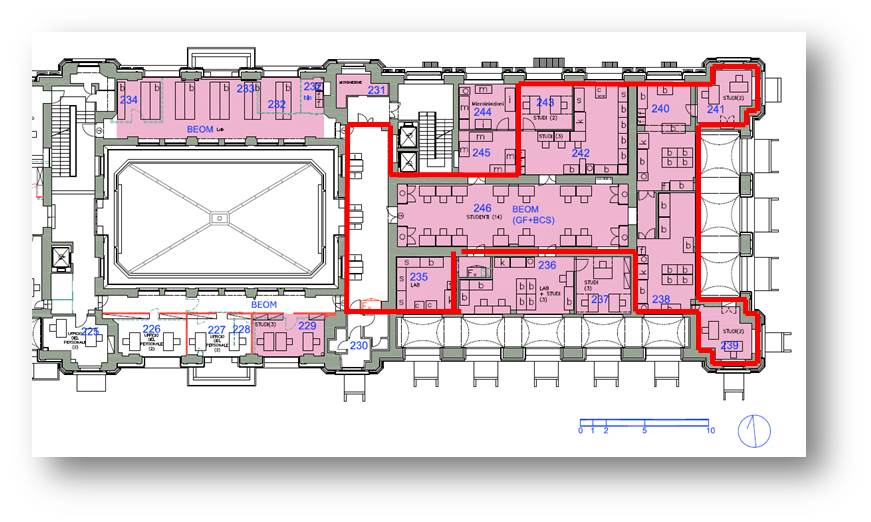 |
Electrophoresis and PCR
 The Electrophoresis and PCR platform is equipped with several PCR machines (9) and with the necessary equipment for the: preparation of agarose gel, electrophoresis gel running, UV image acquisition, quantification of nucleic acids (NanoDrop).
The Electrophoresis and PCR platform is equipped with several PCR machines (9) and with the necessary equipment for the: preparation of agarose gel, electrophoresis gel running, UV image acquisition, quantification of nucleic acids (NanoDrop).
 Managere: Alessandro Amoroso
Managere: Alessandro Amoroso
This email address is being protected from spambots. You need JavaScript enabled to view it.
Extension #345
| Bookable Equipment | 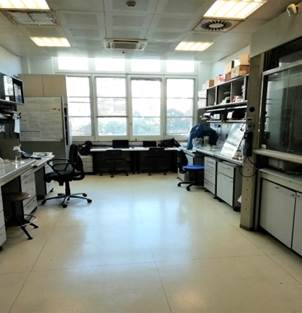 |
| Room #146 | |
| Chemical Hood for the purification of nucleic acids | |
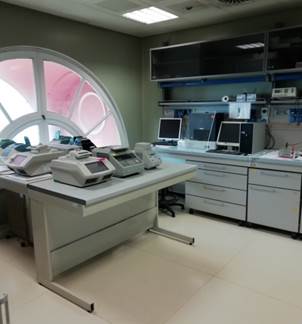 |
|
| Room #235 | |
| - PCR HYBAID Express #1 | |
| - PCR HYBAID Express #2 | |
| - PCR HYBAID PX2 | |
| - PCR BIORAD C1000 #1 | |
| - PCR BIORAD C1000 #2 | |
| - PCR MJResearch PTC 100 | |
| - PCR MJResearch MiniCycler | |
| - PCR GeneAmp System 9700 | |
| - PCR EPPENDORF Mastercycler | |
| - Thermostated Bath JULABO SW22 | |
| - Thermostated Bath GFL | |
| - Hybridization Oven FINEPCR | |
| - Hybridization Oven TECNE | |
| Book on LabAgenda: instructions for users |
|
Primo piano Ala EST, #146 |
Secondo piano Ala EST, #235 |
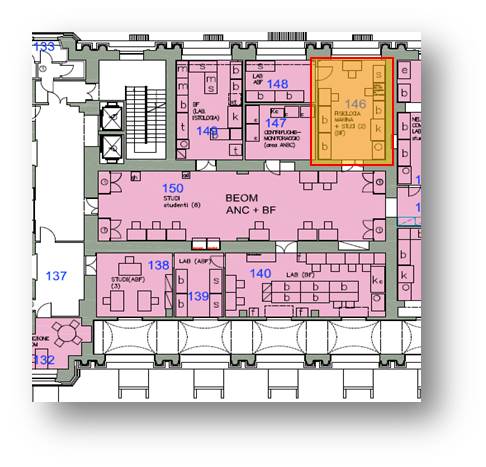 |
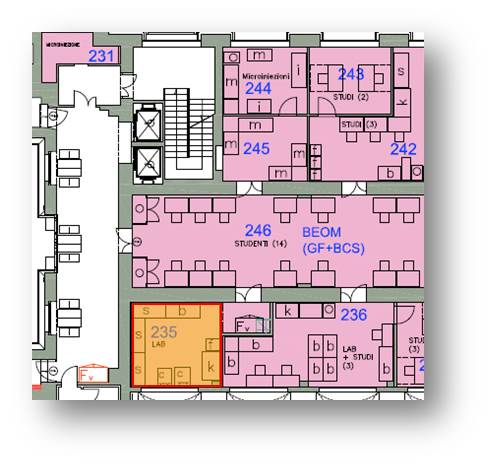 |









